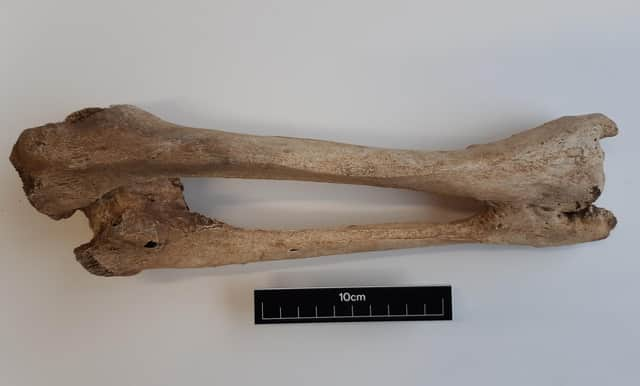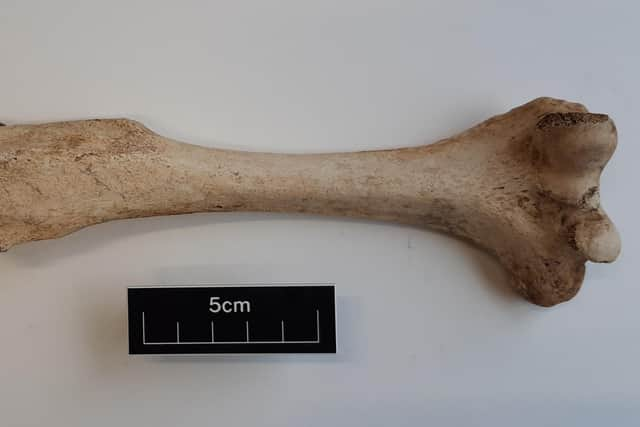1,000 year old skeletons found in Ulster graveyard reveal bone tumour secrets to researchers


The study by Queen’s University Belfast and Trinity College Dublin, which has been published in the European Journal of Human Genetics, is the first time a new disease mutation has been discovered in ancient genomic data.
The scientists were analysing skeletons from a burial site at Ballyhanna, where the remains of some 1,300 children, women and men were found during construction of the N15 Bundoran-Ballyshannon bypass.
Advertisement
Hide AdAdvertisement
Hide AdThe research team analysed genome sequences from the two affected skeletons and identified mutations in a gene called EXT1, which is known to be involved in Multiple Osteochondromas in modern patients.


The mutations found were different in the two individuals – one has been identified in some patients today, but the other has not previously been seen in sequencing data.
The researchers believe that life would have been particularly challenging for the men as the condition is rare, can be extremely painful and can lead to limb deformity.
It only occurs in 1 in 50,000 people and when it is found within a modern locality the affected people tend to be related. However, in this study the same rare condition occurred twice in the same parish but resulted from two different mutations – the lightning of genetic tragedy struck twice.
Advertisement
Hide AdAdvertisement
Hide AdQueen’s University Professor Eileen Murphy said: “We made several assumptions about these two men when we first realised that they both had suffered from multiple osteochondromas. We assumed they were contemporary but radiocarbon dating showed they were separated by several hundred years. We also assumed they were related but the new DNA analysis has demonstrated that this is not the case.”
Trinity Professor Dan Bradley said: “Discovery of the mutations that cause serious diseases through application of whole genome sequencing has been a key medical breakthrough in recent years, but this is the first time this has been applied to ancient individuals. The study demonstrates the important contribution that ancient DNA analysis on people from the past can make to understanding conditions that still affect people today.”
